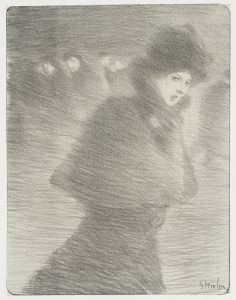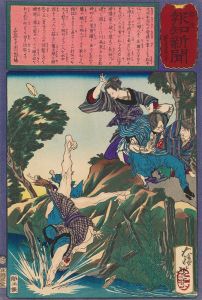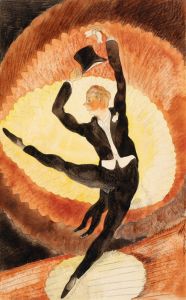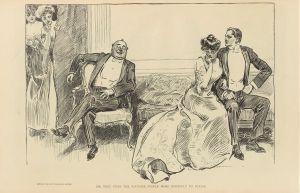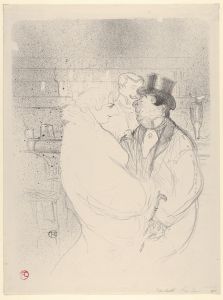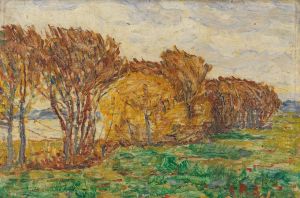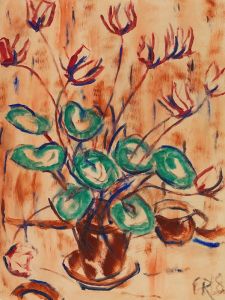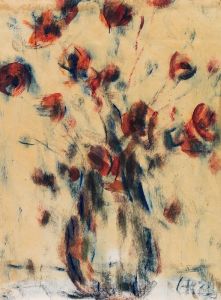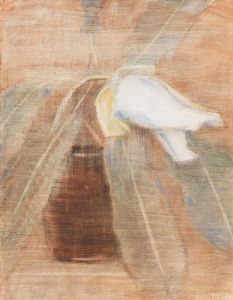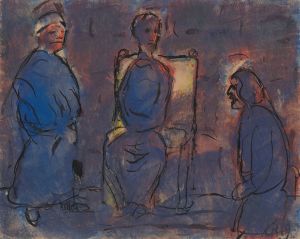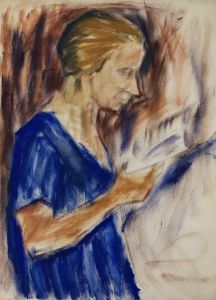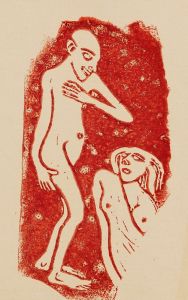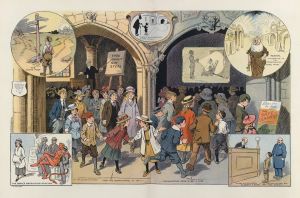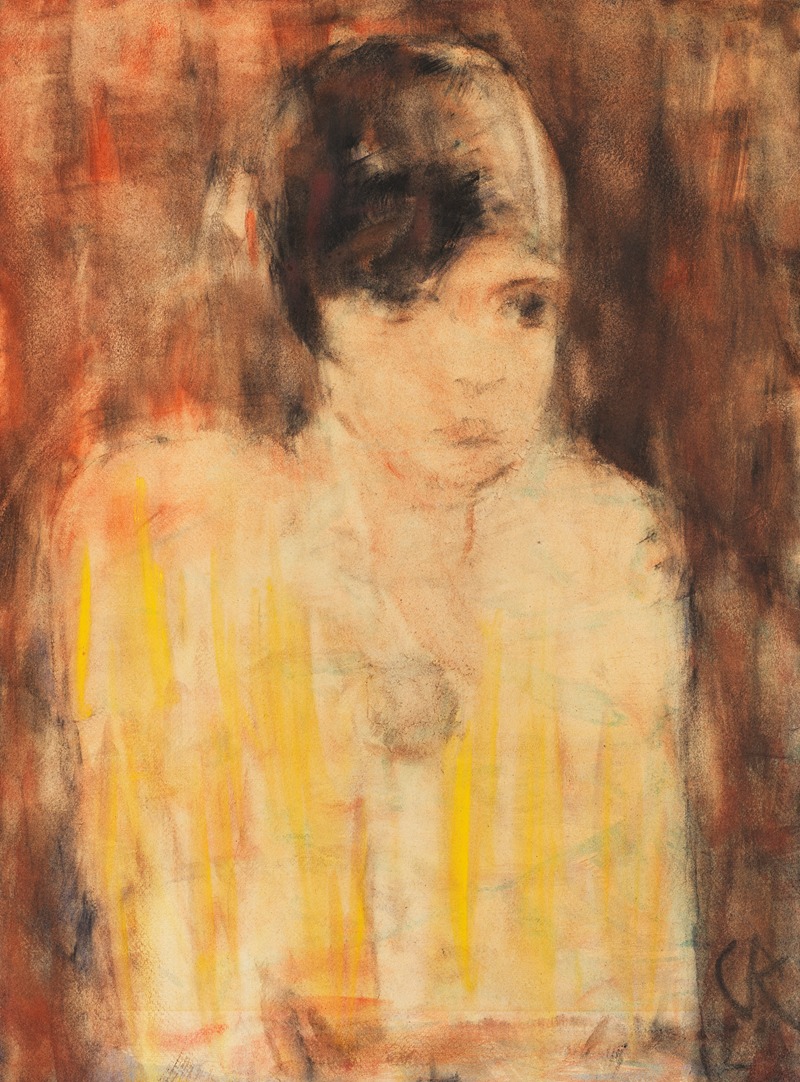
Kecke junge Dame
A hand-painted replica of Christian Rohlfs’s masterpiece Kecke junge Dame, meticulously crafted by professional artists to capture the true essence of the original. Each piece is created with museum-quality canvas and rare mineral pigments, carefully painted by experienced artists with delicate brushstrokes and rich, layered colors to perfectly recreate the texture of the original artwork. Unlike machine-printed reproductions, this hand-painted version brings the painting to life, infused with the artist’s emotions and skill in every stroke. Whether for personal collection or home decoration, it instantly elevates the artistic atmosphere of any space.
Christian Rohlfs was a prominent German painter, known for his contributions to Expressionism. Born on December 22, 1849, in Groß Niendorf, Germany, Rohlfs had a significant impact on modern art through his innovative use of color and form. His career spanned several decades, during which he evolved from a realist painter to an expressionist, reflecting the broader changes in the art world during his lifetime.
One of Rohlfs' notable works is "Kecke junge Dame" (translated as "Cheeky Young Lady"). This painting exemplifies Rohlfs' mature style, characterized by bold colors and expressive brushwork. While specific details about the painting's creation and current location are limited, it is representative of Rohlfs' exploration of human figures and emotions, a common theme in his body of work.
Rohlfs began his artistic education at the Grand Ducal Saxon Art School in Weimar, where he initially focused on landscape painting. However, his style underwent a significant transformation after he was exposed to the works of the Impressionists and Post-Impressionists. This exposure led him to experiment with color and form, moving away from the detailed realism of his early works.
In the early 20th century, Rohlfs became associated with the Expressionist movement, which sought to convey emotional experiences rather than physical reality. His work during this period is marked by a vibrant palette and dynamic compositions, often depicting figures in a way that emphasizes their emotional state. "Kecke junge Dame" fits within this context, showcasing Rohlfs' ability to capture the essence of his subjects through expressive means.
Rohlfs' contributions to art were recognized during his lifetime, and he was invited to exhibit with the Berlin Secession, a group of artists who broke away from traditional academic art institutions. His work was also featured in the Sonderbund exhibition in Cologne in 1912, which was instrumental in promoting modern art in Germany.
Despite his success, Rohlfs faced challenges during the Nazi regime. In 1937, his works were labeled as "degenerate art" by the Nazis, and many were removed from German museums. This period was difficult for Rohlfs, as it was for many artists whose work did not align with the regime's ideology. Nevertheless, his legacy endured, and his paintings continued to be appreciated for their emotional depth and innovative use of color.
Christian Rohlfs passed away on January 8, 1938, in Hagen, Germany. Today, his works are held in various collections around the world, and he is remembered as a key figure in the development of modern art. "Kecke junge Dame" remains an example of his ability to convey complex emotions through his distinctive expressionist style, contributing to his lasting influence on the art world.





